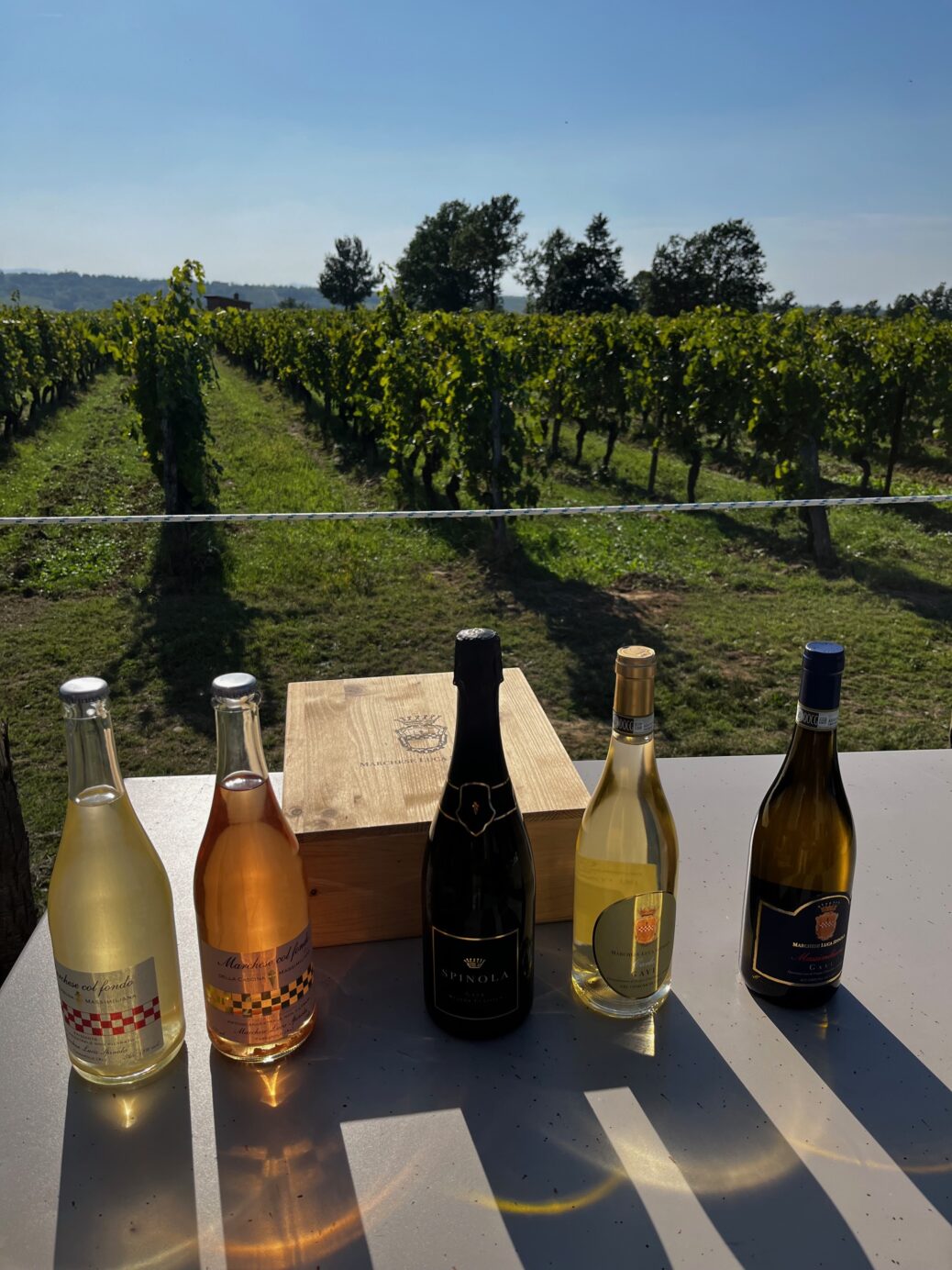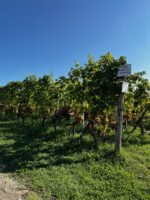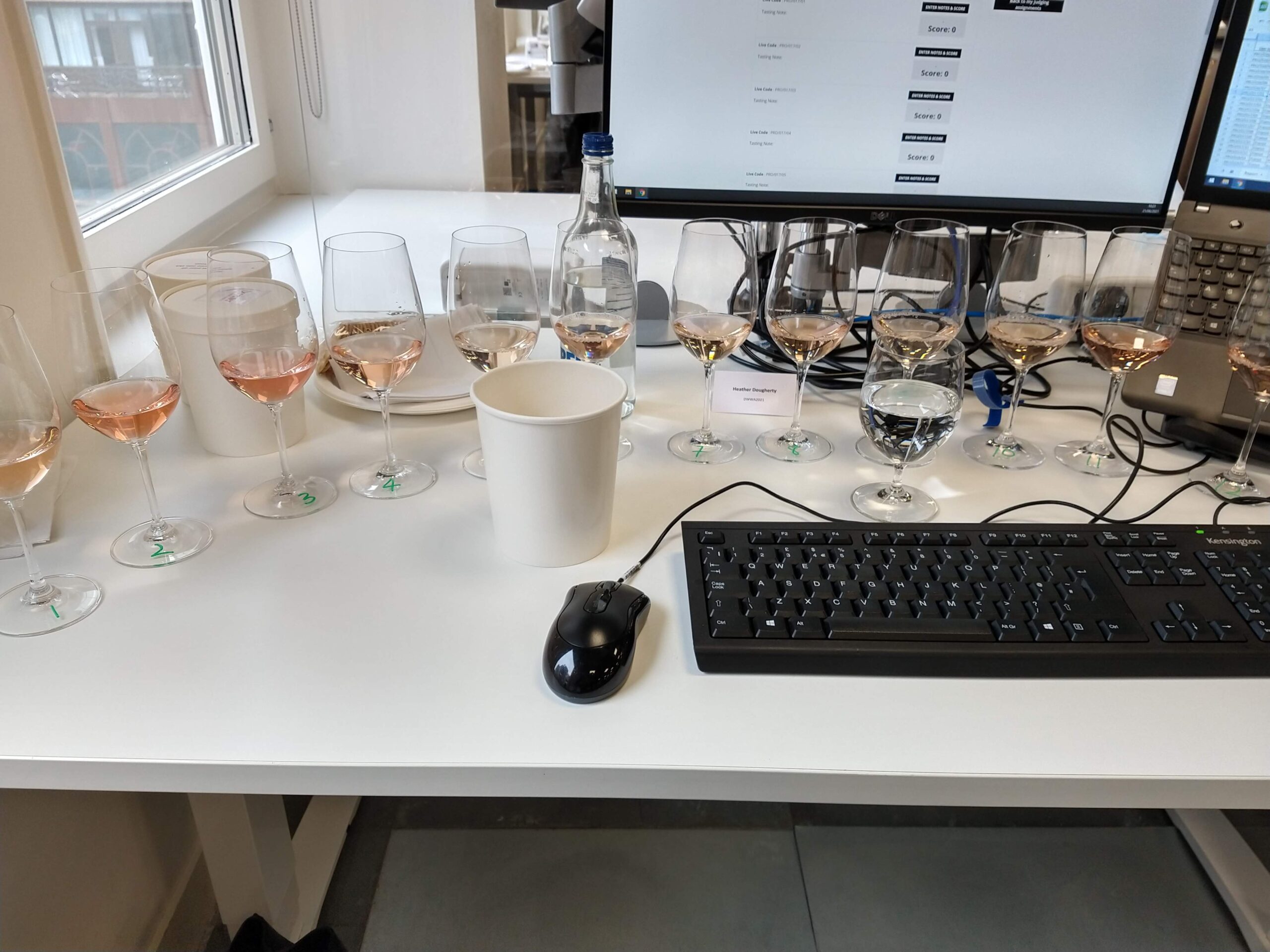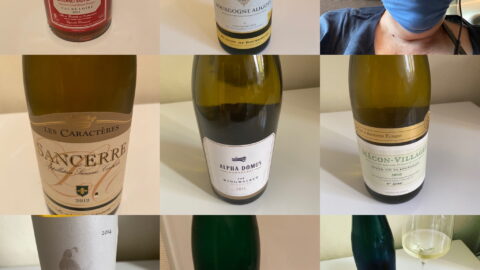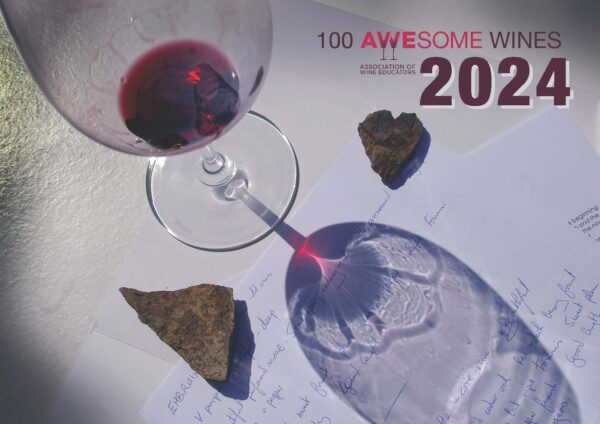Piemonte is famous for its red wines, such as Barolo, but in Alto Monferrato, in the South-Eastern corner of the region bordering with Liguria, the white Gavi reigns supreme. Produced from 100% Cortese, a native Piedmontese grape variety, Gavi DOCG is a fresh and elegant white that develops into a sumptuous wine over the years. It is thanks to its versatile and sophisticated nature that Gavi DOCG has become known worldwide as the iconic white wine from Piedmont.
During a recent visit to the area, I tasted well over 200 Gavi, visited the 11 municipalities within the province of Alessandria which make up the Gavi DOCG denomination, and met several of the 190 companies and producers part of the Gavi Consorzio. With 1,600 hectares of Gavi DOCG, 14m bottles produced per year, many exported to over 100 countries, the international market is watching what’s coming next.
There was a time when the Gavi area was part of Liguria and the maritime Republic of Genoa hailed the vine as the symbol of the area, turning it into elegant white wines that graced noble Genoese courts. It was also sold abroad, thanks to its merchant fleet. There is a beautifully romantic story associated with the name Gavi. A French princess called Gavia settled in the area, after leaving her native France, which is just over the border, as she was forbidden to marry her true love, who was a ‘commoner’, not part of the nobility. In her honour, the town was named Gavi, which then gave its name to the whole area and to its most famous white wine.
The Genoese influence is still felt, reflected in many street names, in the dialect, and in the food, with Focaccia Ligure -a simple but rich flatbread with olive oil and salt – served at every meal and with every Gavi tasting, often along with Salvia Fritta – fried sage leaves in a light batter – another Ligurian speciality.
The coupling of the warm mediterranean sea breeze with the three distinctive soils found in the Gavi DOCG area is what gives the wine its character and makes it so long lasting.
Red clays in the northern part, with the warmest climate, yields Gavi wines with excellent body and structure. White clays in the centre, where Gavi wines have great balance of structure and flavour. And metamorphic soils in the southern belt, where altitude can reach up to 1000m, a sparsely planted area with lower yields producing intense wines.
The full expressiveness of the Cortese grape is revealed in the glass, where the wine embodies the different soils, exposures and microclimates of the 11 municipalities of the denomination.
The wine is pale straw yellow in colour with greenish reflections and a distinctive and delicate aroma of fresh fruit and white flowers, notes of citrus and bitter almond. This is evident in all the three main styles of Gavi: Still, Spumante (semi-sparkling) and Frizzante (Sparkling). And then, when you thought that Gavi DOCG could not get any better, you are presented with the Riserva (Aged).
Aged Gavi is a true revelation. One does not normally associate Gavi DOCG with age, as it’s a wine known for its freshness and rich flavour and delicious when young. But Gavi Riserva is a wine which has been aged for no less than one year – and often longer. The Riserva provides for lower vineyard yield and winemaking techniques that enhance longevity. This wine reveals a golden colour and a rich nose, full aromas, yet it retains Gavi’s unmistakable freshness.
A LONG-LIVED WHITE WINE
The complex territory, rich soils, diverse microclimate and the producers’ tendency to enhance the fruit quality have unveiled the ‘long lived’ nature of Gavi: a wine that is suitable for ageing and which can be appreciated over time. I tasted Gavi which were 8-10 years old and which had elegantly developed a complex and rich profile.
Gavi’s distinct acidity makes for a pleasant young Gavi, but it’s the same acidity, combined with the wine’s natural elegance, that gives it its exceptional potential for ageing, an increased minerality, full nose and long finish. A Gavi Riserva 2008 had hints of acacia honey, citrus and candied fruit, an elegant mineral note and an incredible freshness. Would I dare to pair it with red meat? Maybe yes, and certainly with cured meats, pasta with a rich meat sauce, or blue and well-aged cheese.
In a supermarket, we can currently purchase Gavi di Gavi DOCG (Waitrose has a Terranuova Gavi di Gavi at £16). This means that the wine comes from the Municipality of Gavi, from which it takes the name. But look out for Gavi from other municipalities, such as Gavi DOCG Villa Sparina from Monterotondo, or Gavi DOCG La Rocca Coppo, both available from Tannico.co.uk at around £18.
As Gavi DOCG becomes more widely available in the UK, this may well be the next ‘big thing’.
Tags: #gavidigavi #gavidocg #piemonte #cortese
